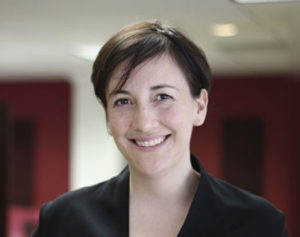Censeo developed a dynamic performance model to help an education nonprofit analyze trends in student achievement and operational performance as it pursues an ambitious five-year growth plan.
The financial model puts [the organization] beyond the vanguard of nonprofit management. – Major Donor
Situation
An education nonprofit, which provides rigorous academic programs for middle school youth in at-risk communities, was determined to expand its impact by increasing the number of students benefitting from the organization’s programs. Lacking the detailed roadmap necessary to achieve its five-year growth goals, the nonprofit enlisted Censeo to develop a performance model that would provide insight into the organization’s student achievement and operational performance.
Approach
The Censeo team guided the organization’s leadership and staff through an in-depth financial analysis and capability assessment, analyzing historical trends in student achievement and operational performance at the national, regional, and center levels. In the process, Censeo helped the client define attendance and academic performance targets and identify key cost drivers, and translated the insights into a user-friendly performance dashboard. This dashboard tracked operational and student achievement metrics, benchmarked them against the organization’s growth goals, provided the organization the flexibility to re-evaluate changing goals and cost drivers. Finally, Censeo designed an implementation roadmap for the organization, establishing critical milestones based on five-year growth goals and budget constraints.
Results
At the end of the project, the client had a user-friendly dashboard that included key performance metrics and a flexible financial model. This tool enabled the organization’s leadership to make informed and timely decisions about future growth, positioning the organization as a leader in nonprofit best practices.
The user-friendly dashboard ensures that staff at all levels are aligned on desired outcomes, metrics, and performance targets. This has, in turn, improved collaboration, reporting practices, and decision-making within the organization. Additionally, the automatic updates save up to six weeks of employee time annually, freeing up resources that can be used to fulfill the organization’s mission.
By providing visibility into key cost drivers and identifying effective strategies to manage costs, the financial model within the dashboard allows the organization to continue lowering per-student cost across its centers, which they did by over 20% the first year after receiving the model. This financial model also enables leadership to build multi-year development plans based on realistic revenue requirements, and to sustain intermediate growth projections.





